Copied across from that site which will will not name. (There may be a bit of duplication)
Collected audio resources
https://www.reddit.com/r/ChineseLanguage/comments/z21v3f/imagin8_press_has_a_lot_of_free_audio_book/ — I posted this one a long time ago but I'm putting it at the top since it's generally the least advanced (HSK 2-4ish). The main content is a beginner's version of 西游记 (Journey to the West). Imagin8 Press publishes graded readers which you can buy, but they also make the audiobook version of all their books available completely for free which is really generous.
my-hsk.com has a whole bunch of audio books and stories available:
I really, really love the version of 小王子 (The Little Prince) there. The woman reading it does a tremendous job with the voices for different characters and setting the mood.
https://www.youtube.com/@zhongwenyousheng/playlists — This YouTube channel also has a number of books including another version of 小王子 — I don't like it as much as the other one (and it seems to be a different version of the book as well) but it's still quite high quality and actually has Mandarin subtitles. With the my-hsk material you're just on your own.
https://www.youtube.com/watch?v=k0gCop58Lec — 小狗钱钱 is a (children's) story about a white Labrador named 钱钱. He has a very special ability. The story is also probably not what you're expecting, but the dog's name is a pretty good hint. The man who read it is also very good, although he gets a little 夸张 sometimes.
https://www.youtube.com/watch?v=_5xt0-4uu_I — 动物农场 (Animal Farm). This is a pretty advanced one, also another very high quality performance with the reading.
https://www.ximalaya.com/sound/605795718 — A nice reading of 兔子共和国 (Watership Down). Ximalaya stuff doesn't seem to play in the browser for me but I was able to download it with yt-dlp: https://github.com/yt-dlp/yt-dlp
https://www.ximalaya.com/album/59386928 — A performance of the Mandarin version of Blindsight (very dark sci-fi from the author Peter Watts). Unfortunately, a lot of it is only accessible to Ximalaya VIP members. By the way, Peter Watts very generously makes all his books available online for free: https://rifters.com/real/shorts.htm - those are the original English versions. Definitely my favorite author and if you like sci-fi and it can be English I'd highly recommend his work, especially Blindsight.
There you go. That should be 20-30 hours of listening material.
Imagin8 Press has a lot of free audio book content around the HSK2-4 level, most notably 西游记 (Journey to the West)
They created a version of 西游记 (Journey to the West) with simplified vocabulary. To read the actual books, you'd need to buy them. However they allow anyone to access the audio book version on their YouTube channel or even just download the MP3s.
Journey to the West seems like their main project but they also have a bunch of other stories/folktales available (to buy and in audio book form). The price for the paperback books is pretty reasonable (about $10 per volume, or $20 for a set of 3 books together).
I just received the volumes 1-3 西游记 paperback and I'm really enjoying it so far. It has Chinese characters on one page and the pinyin on the other so it's possible to read the characters without the pinyin interfering. There's a traditional version also (you choose the version when you buy, to be clear). New words are marked with a footnote and the book also includes an index with the definition of every word as well as a section with the English translation.
There's definitely a lot of convenience that comes with reading books in electronic format (and these are available as e-books too) but there's just something about having the physical book. The text is pretty large and clear. They do use a serif-based font which I'm not really used to, but it's not too much of a challenge to read.
Anyway, I have no affiliation with them but I was impressed with how generous they are with the free content and wanted to help people out with another good resource and give them some exposure at the same time. As far as I can see, it hasn't been mentioned here before.
TEDxTaipei has many speeches on a wide variety of topics
Some examples I thought were interesting:
- 保護動物就必然犧牲掉保護人的權益嗎?| Deconstructing the animal-human binary
- 死刑辯護教我的事情 | Confessions of a death row lawyer
There are hundreds, so it's very likely you'll find a topic that's relevant or interesting to you personally!
Example search query: https://www.youtube.com/user/TEDxTalks/search?query=tedxtaipei
One nice thing is it seems like most (or all of them) have subtitles which aren't embedded in the video. Some may use traditional characters but it's possible to automatically convert those using a browser addon if necessary.
Right now it's pretty far above my level but I definitely plan to come back soon!
If you have Amazon Prime, there are some good alternatives to Peppa the Pig
These are all children's shows. I'm going to try to order them roughly in order of how advanced the vocabulary/grammar seems. Since they're shows for young children, you can expect them to all be very positive and charming/cute. Naturally all these options have a Mandarin language option and subtitles (I think they all have both simplified and traditional character versions for the subs).
If anyone else finds some other good options on Prime I can edit in more sections. There probably are a few. It's fairly difficult to search for shows based on language, at least with Mandarin.
If you're slightly technical, there's a userscript that can be used to download subtitles from Prime: https://greasyfork.org/en/scripts/34885-amazon-video-subtitle-downloader
It will add a link to the main episode list that lets you ZIP up the entire season's subs and download them. This will require a userscript browser addon and probably can't easily be done from a mobile device.
The show is about a green alien and his pal. They fly around in a spaceship doing arts and crafts and solving problems. About half of the show is cartoon, the other half is actual kids doing stuff. I skip the latter part, and the fact that it's dubbed is a lot more obvious in those parts because the children don't actually speak Mandarin.
The show is about anthropomorphic animals. The main character is a blue fox and he has a caterpillar friend. It's not a cartoon, it's some kind of claymation type of thing. The theme is at the beginning of every part (each episode consists of two parts) a crab tosses some random item into a treasure chest and then Fig the fox goes and checks it out. It's a good way to learn vocabulary for all sorts of random items from hoses to magnets to balls of twine.
A cartoon show about a bunch of animals and children. The main character is a cookie loving mouse. There are some singing sections, but not a whole lot. The theme song is pretty catchy though. I'd say this one has a higher difficulty level than the other two in terms of vocabulary/grammar but they also speak pretty clearly.
The main character is a blue cat, he lives in a town with a bunch of other animals. There are no humans. The grammar/vocabulary seems the most complicated of all of them. The show is very heavily oriented to music/singing and Pete the Cat will break out his guitar and start wailing at the slightest encouragement... Or discouragement. Personally, I don't really love singing that much in general but some of the songs are actually quite good. They did a really good job of adapting the songs to Mandarin.
It seems like there are some nods to an older audience. It's a little like Bluey.
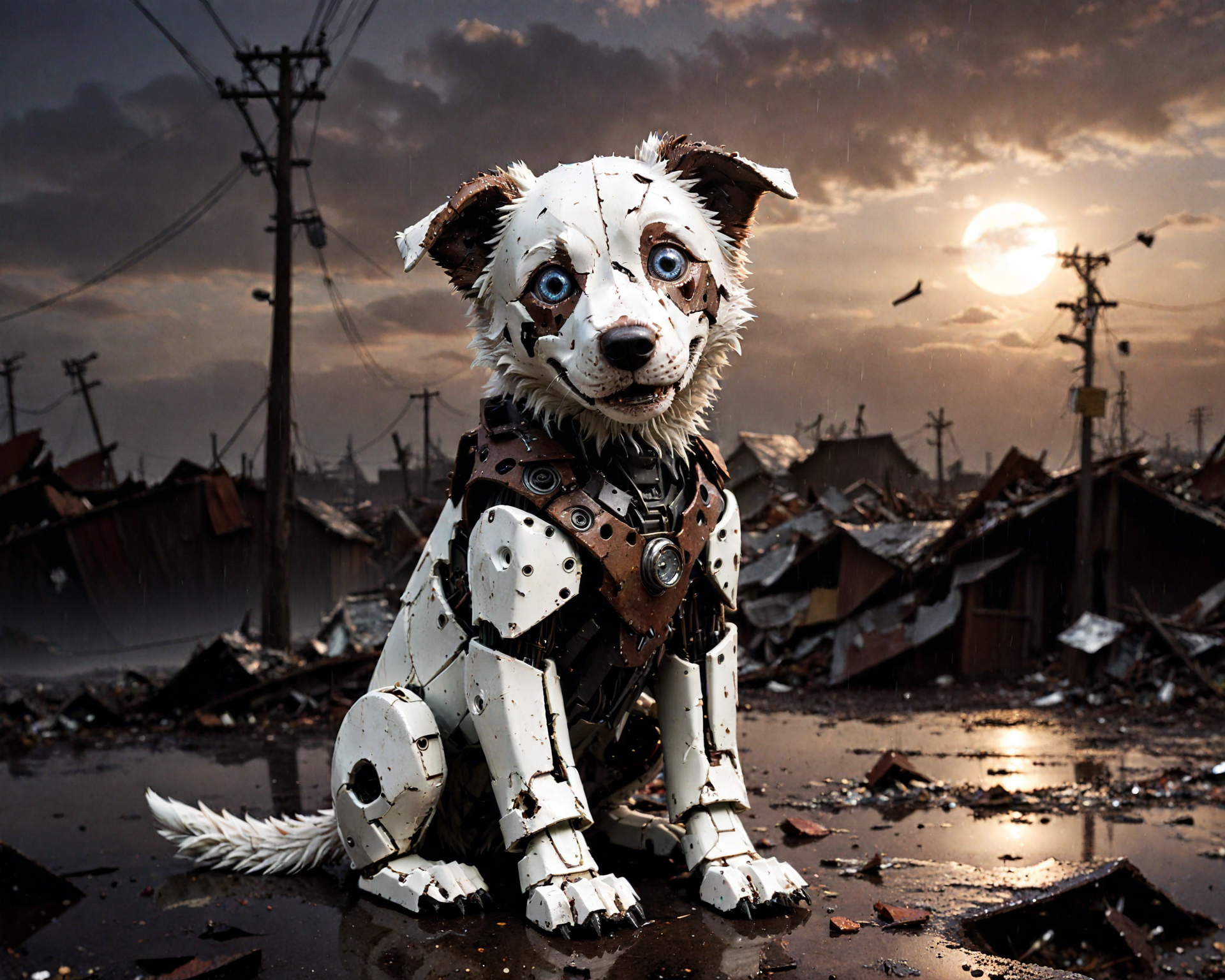
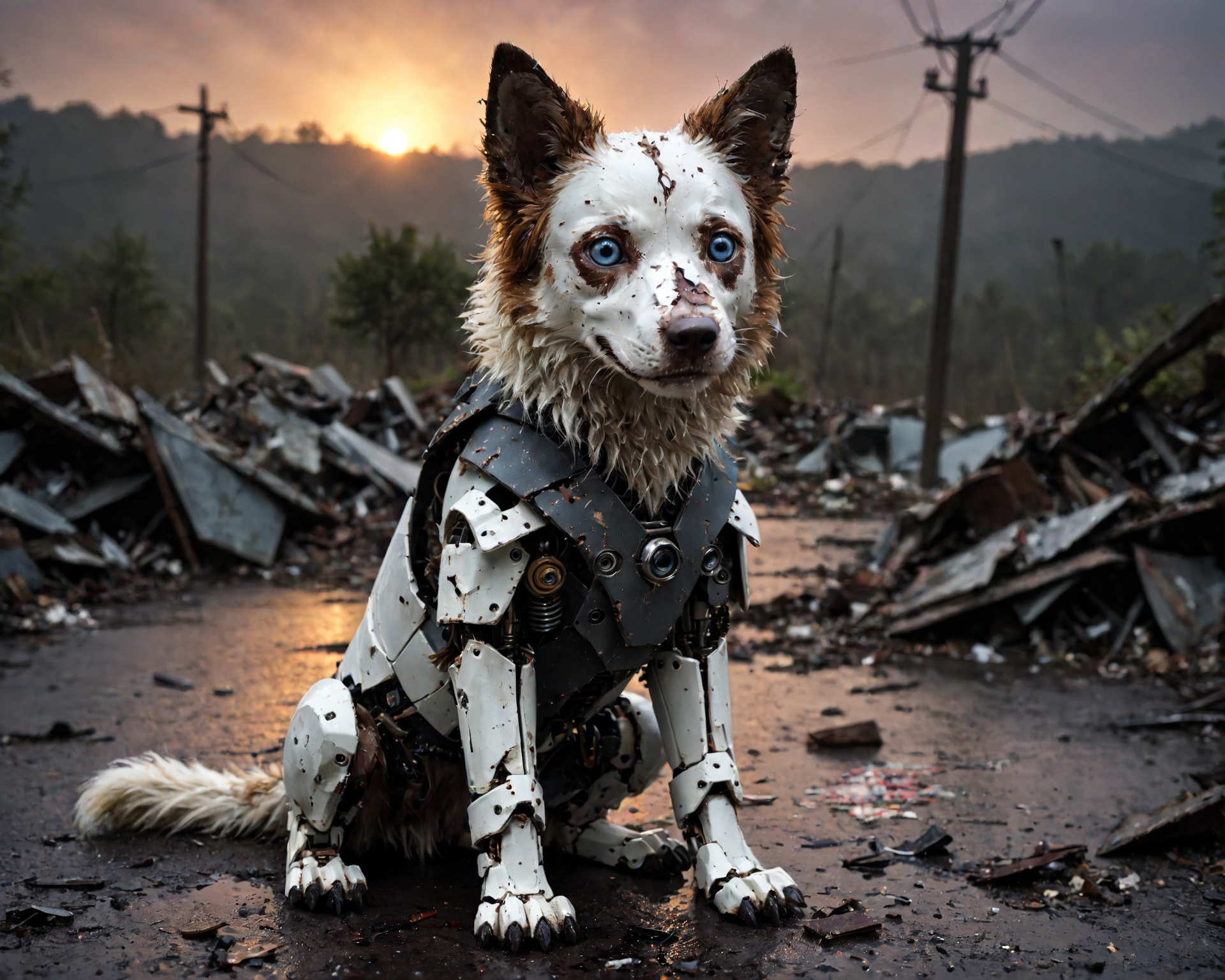
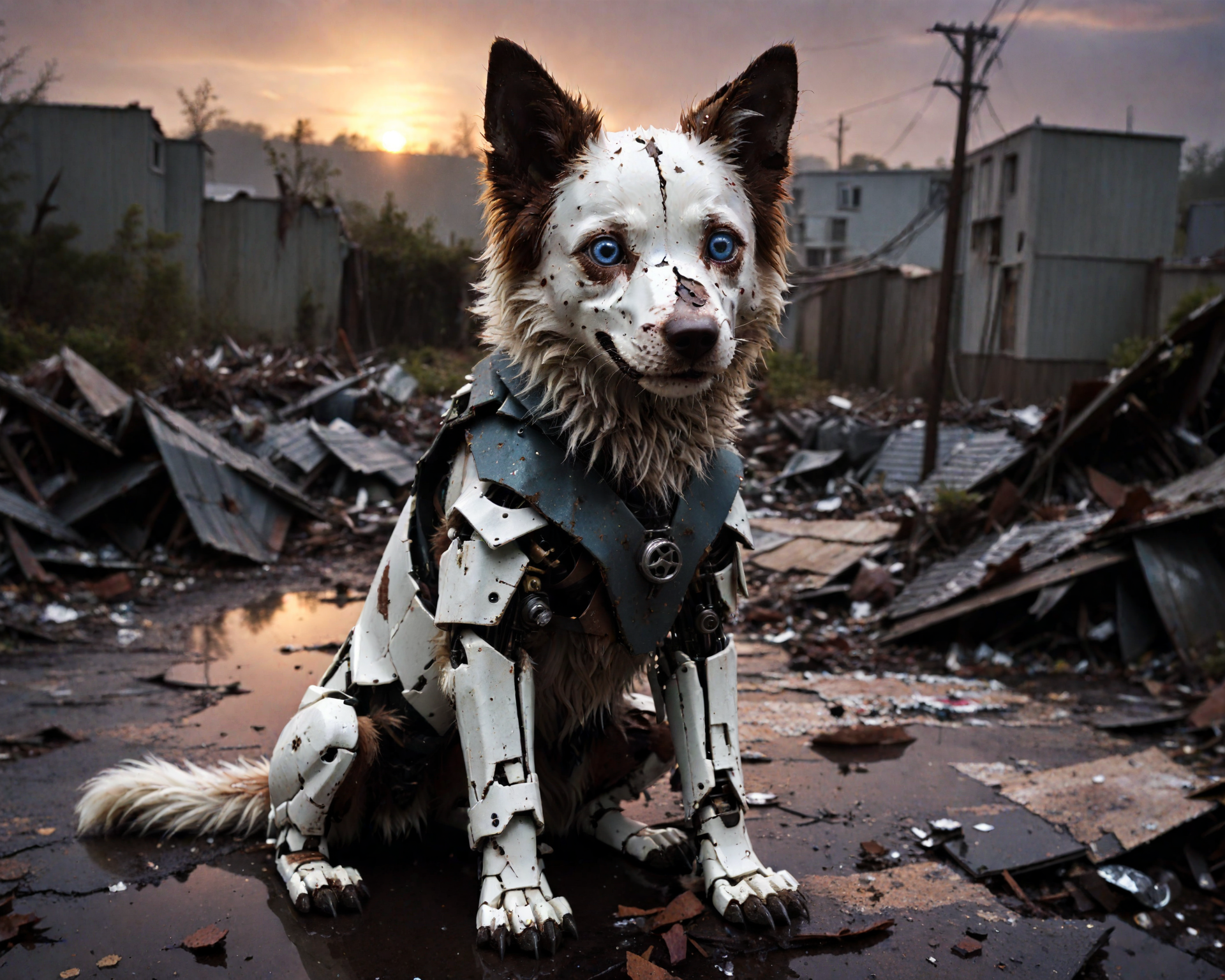





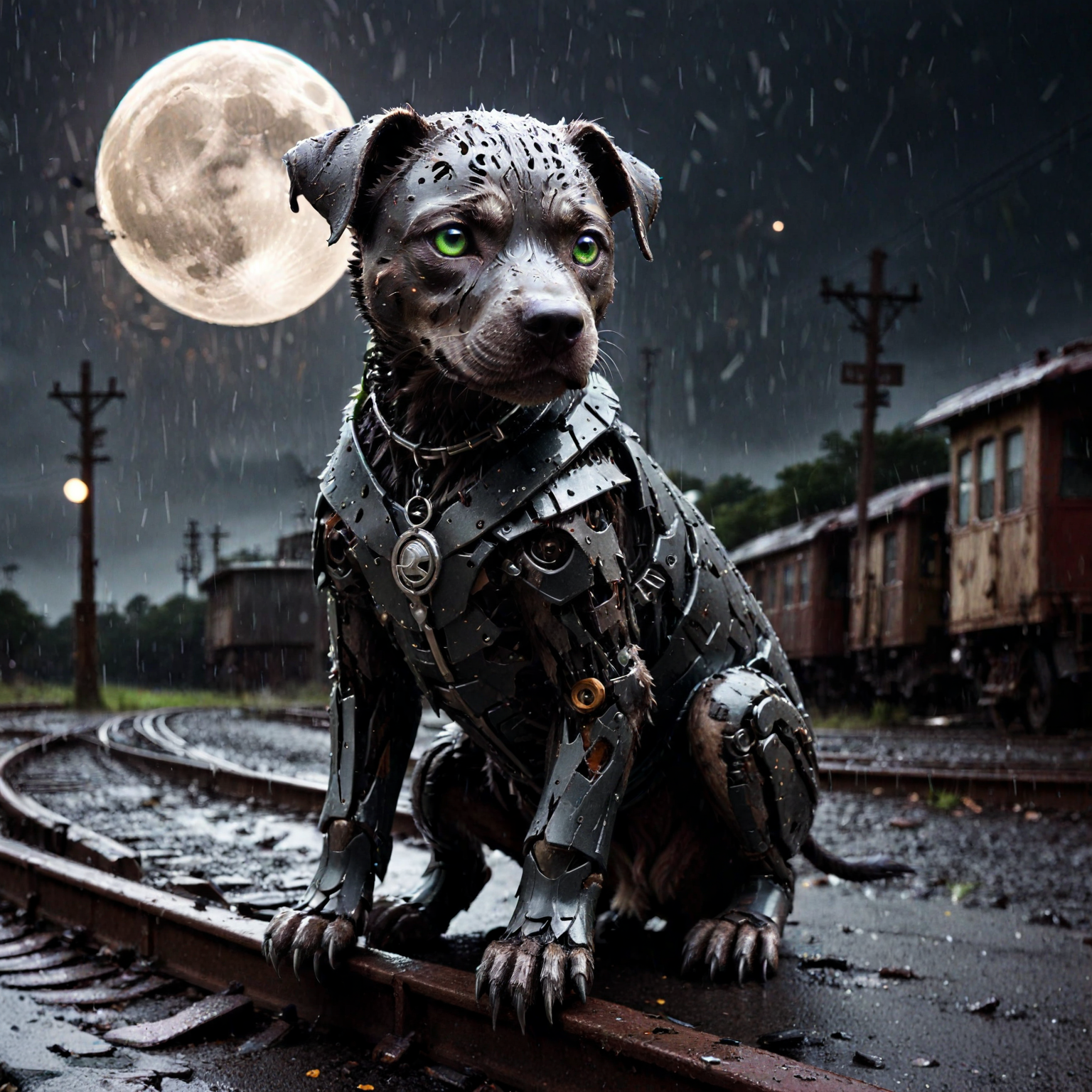
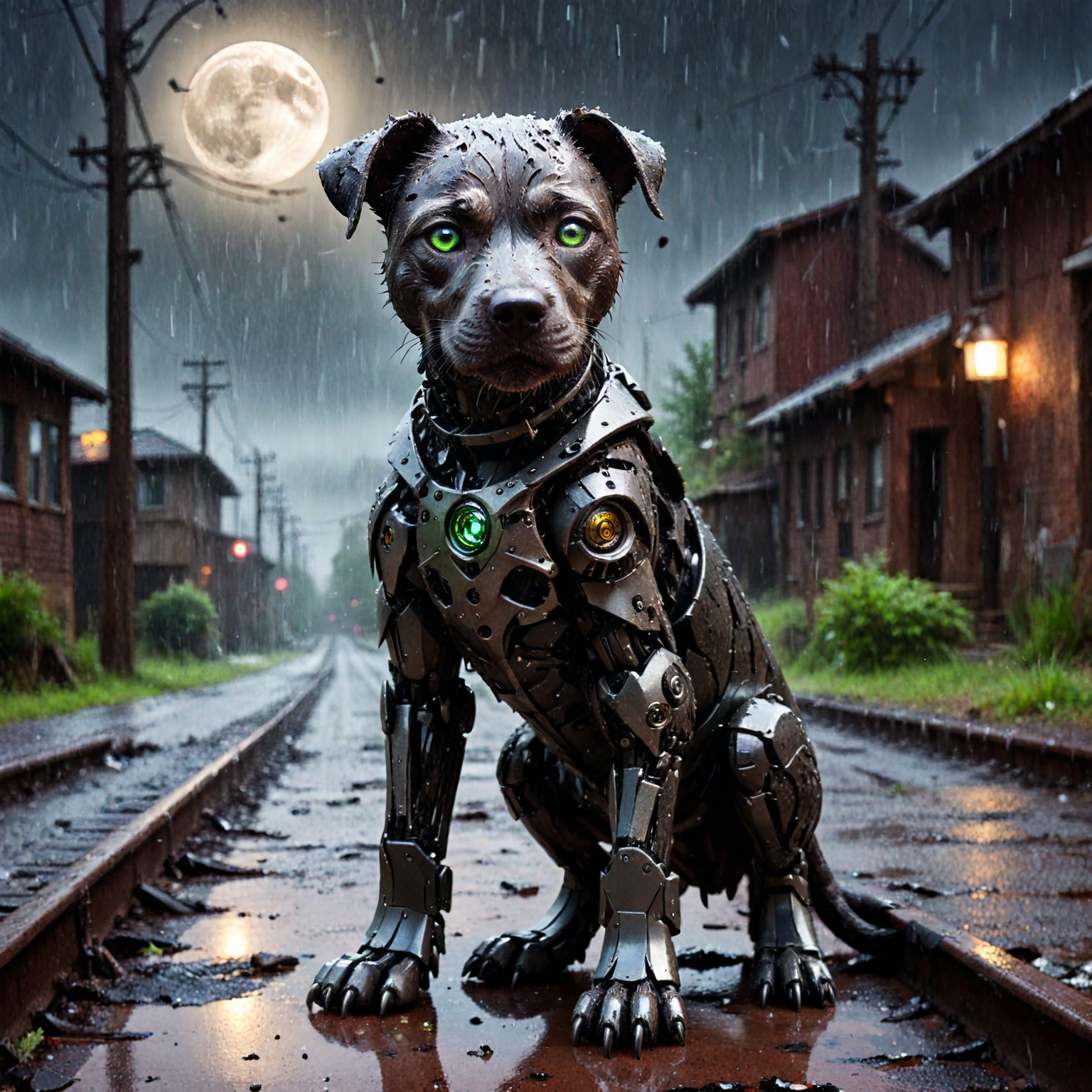

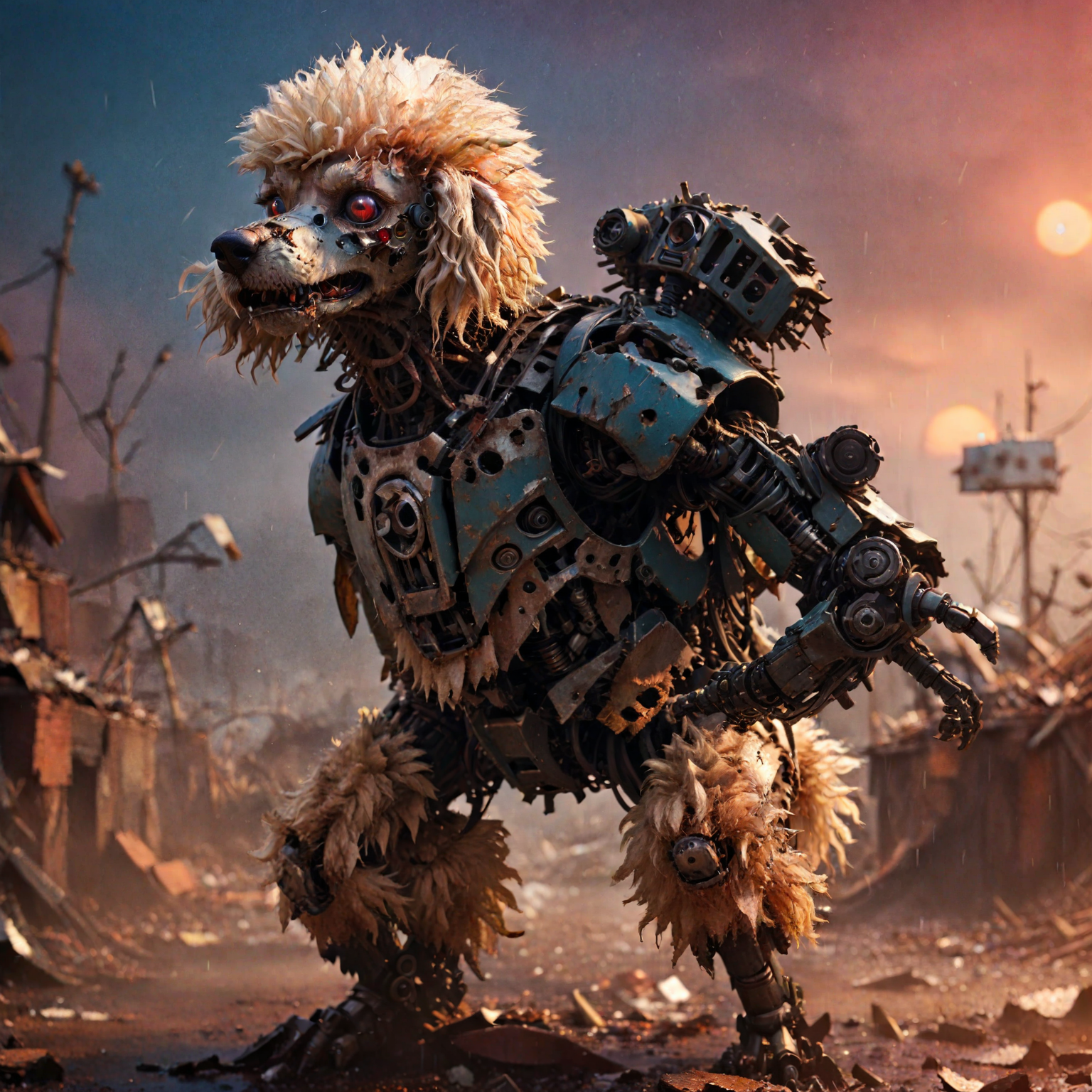
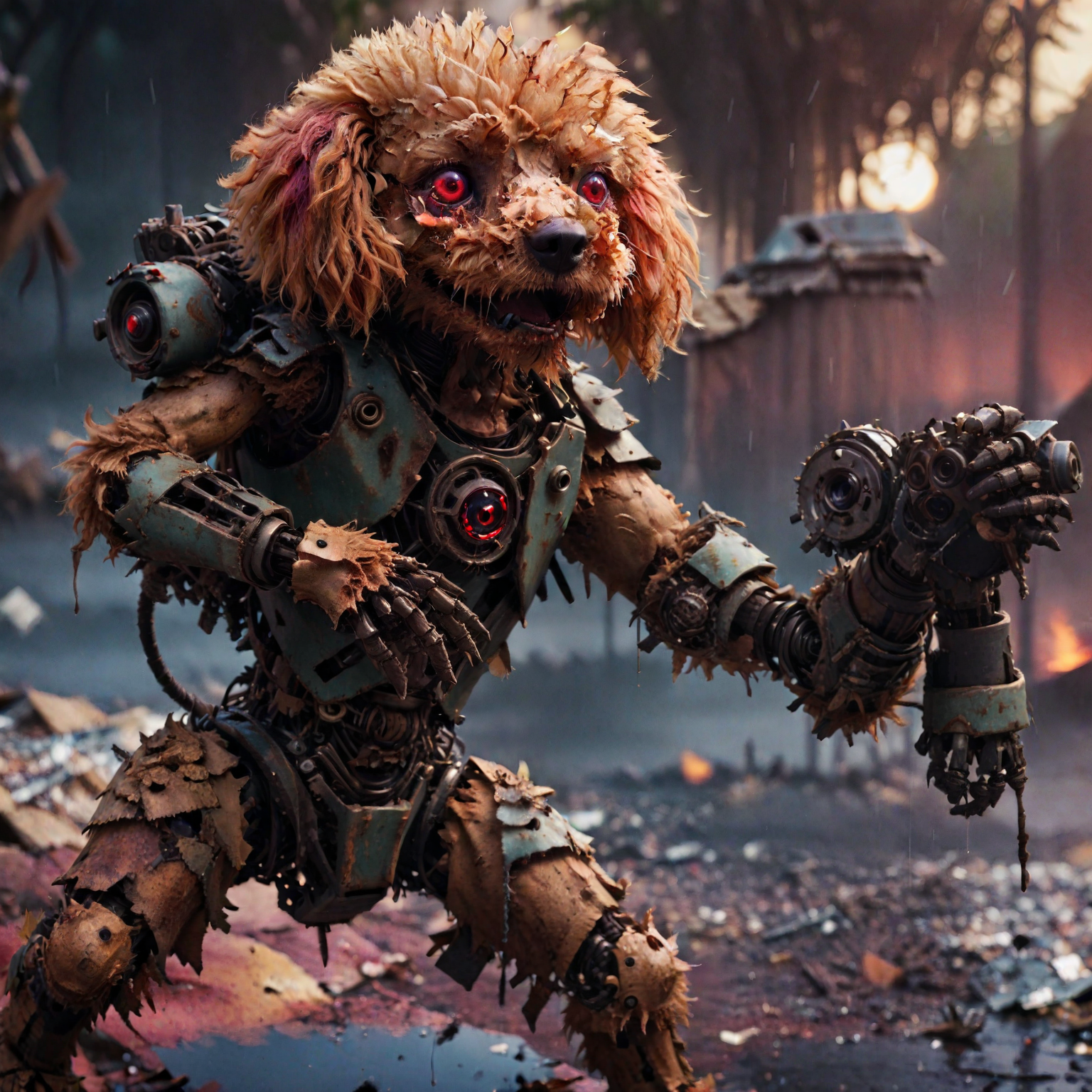
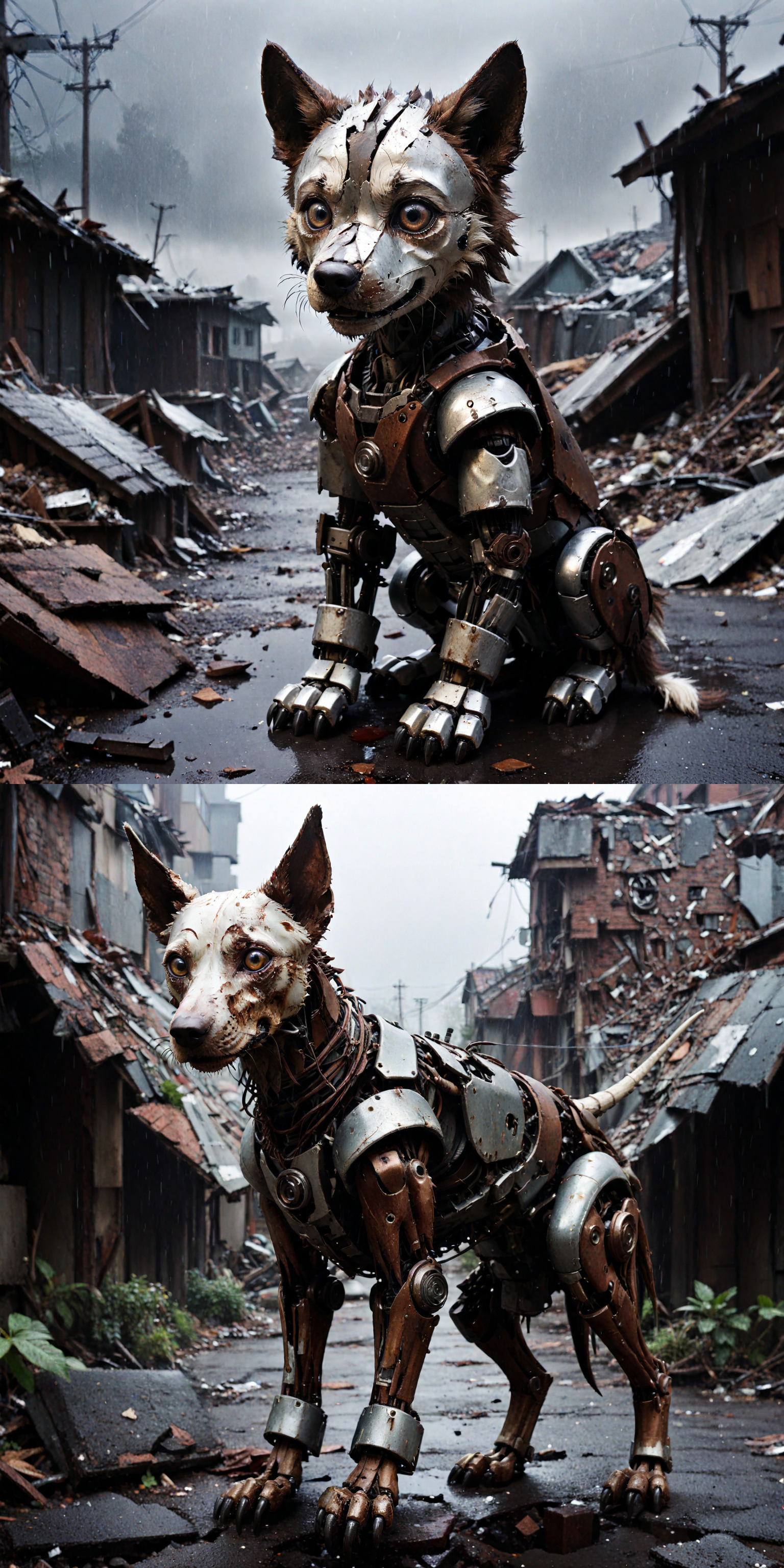
Sorry, didn't check back here for a few days. There absolutely can be German Shepherds!
These are the initial generations before upscaling/processing. Generated with Bifrost Project (SDXL model).